-
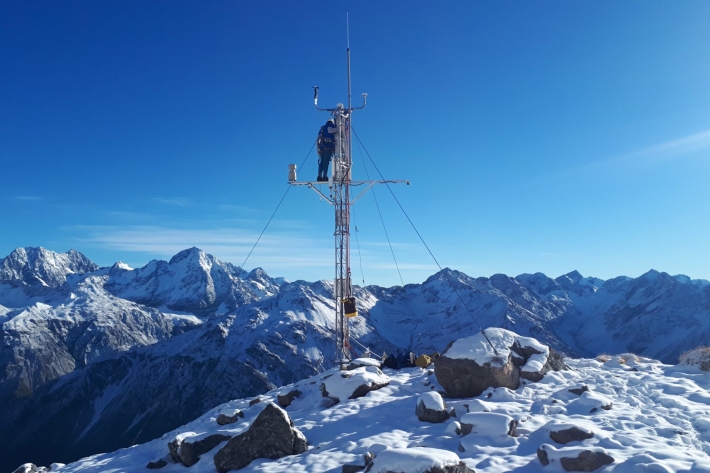
Upper Rakaia electronic weather station (EWS)
The Upper Rakaia SIN site is located at 1752 m on a north facing slope in the Jollie Range. Records start in 2010. -
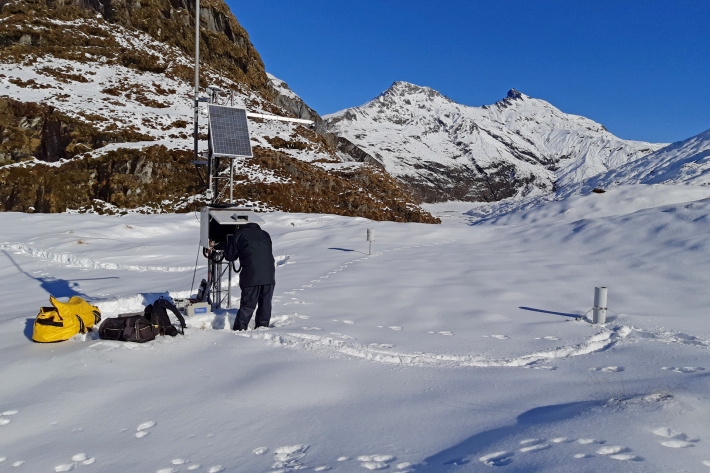
Albert Burn electronic weather station (EWS)
The Albert Burn SIN site is located at 1280 m in the upper Albert Burn valley, east of Mt Aspiring/Tititea. Records start in 2012. -
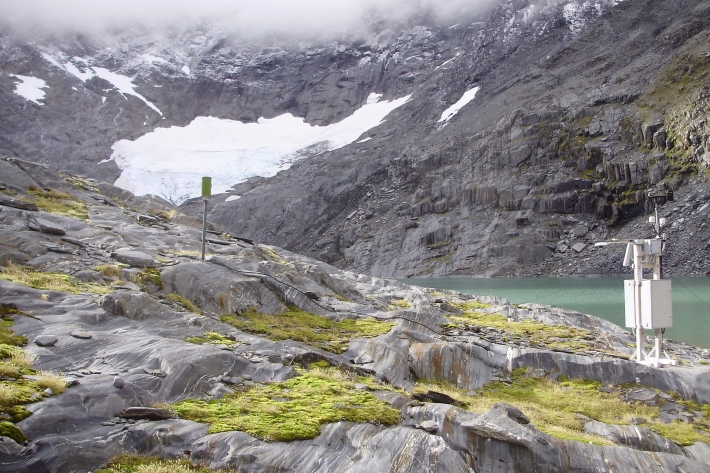
Ivory Glacier - compact weather station (CWS)
The Ivory Glacier SIN site is located at 1390 m next to Ivory Lake, west of the main divide of the Southern Alps/ Kā Tiritiri Te Moana. -
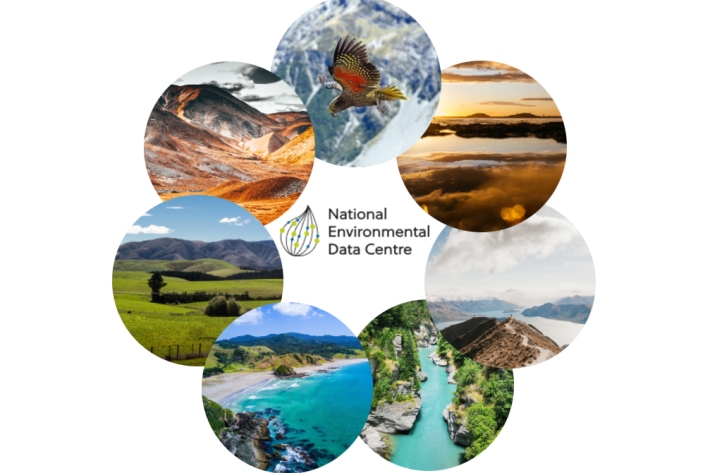
Easy access to environmental research data
Media release27 April 2022Identifying unknown organisms, forecasting the weather and understanding the potential impacts of a tsunami. These are all possibilities opened up by a new website that has been built to provide easy access to an enormous range of environmental research data. -

Voyage update - 26 April
Over the last 24 hours, we have gone from the deep seafloor at 2,300 m to the shallow slopes of the island of Tongatapu, located to the south-east of the volcano. -

Voyage update - 23 April
Tangaroa has just arrived north of the volcano to deploy the glider. The launch was successful and, after some shallow test dives, the instrument was sent on its first transect. -
Voyage update - 24 April
We have sampled 11 stations today, with different pieces of equipment, starting with rock dredges on a ridge close to Hunga Ha’apai. The samples taken returned a trove of rock specimens that got the geologist onboard excited. -
Voyage update - 25 April
We sampled along an erosion channel that was mapped previously in 2016, showing this channel has deepened since then. -
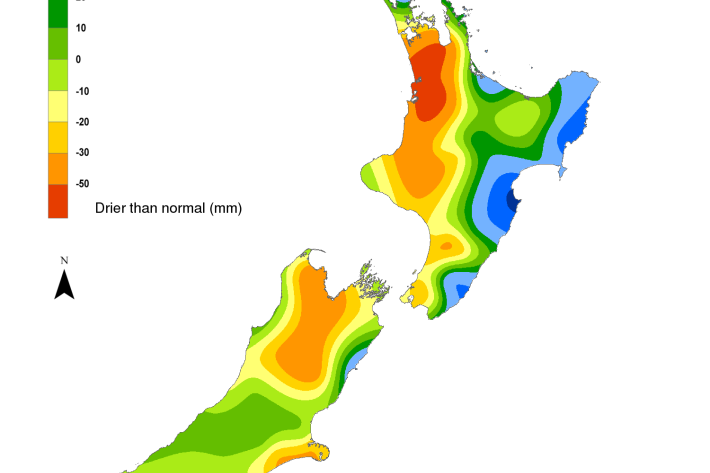
Hotspot Watch 22 April 2022
Hotspot22 April 2022A weekly update describing soil moisture patterns across the country to show where dry to extremely dry conditions are occurring or imminent. Regions experiencing significant soil moisture deficits are deemed “hotspots”. Persistent hotspot regions have the potential to develop into drought. -

Voyage update - 22 April
Tangaroa arrived at its next site located 70 km south-west of the caldera. In 2,350 m of water, it is one of the sites used to measure the thickness and composition of the eruptive material deposited on the seafloor. -

Mapping the Tongan eruption
The January eruption of the Tongan volcano Hunga Tonga – Hunga Ha’apai triggered tsunamis as far away as the Caribbean. NIWA scientists are onboard RV Tangaroa surveying the ocean around the volcano, working to understand the largest eruption of its kind since 1981 so they can help increase our knowledge about similar volcanoes around the world. -

Voyage update - 21 April
The crew of RV Tangaroa continues to map the seafloor on the deep northern and western slopes of the volcano, with the aim of identifying areas of morphological change of the seafloor caused by the January 15th eruption.


